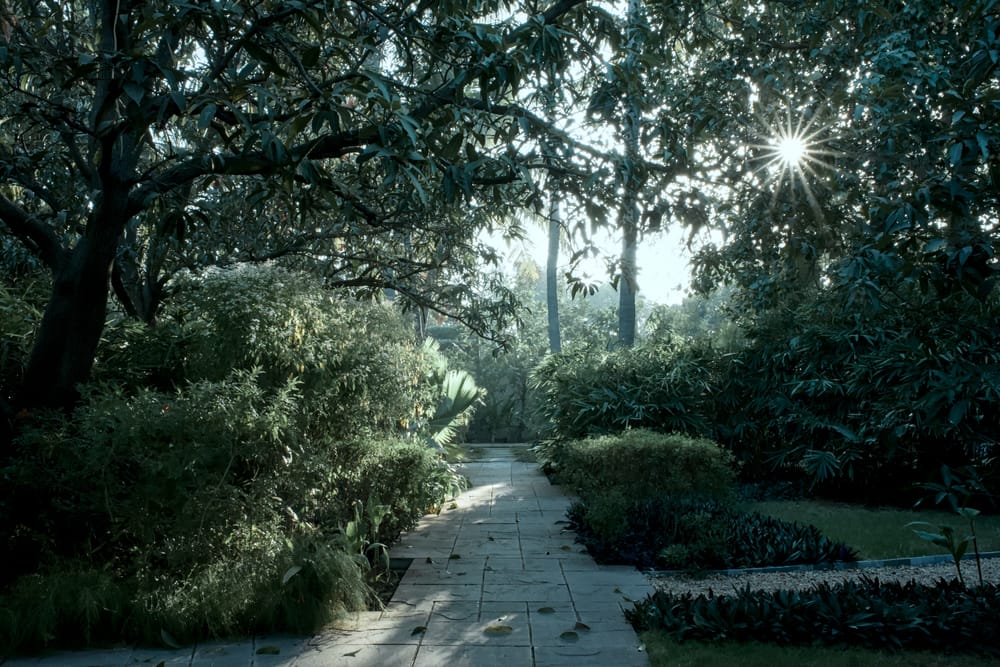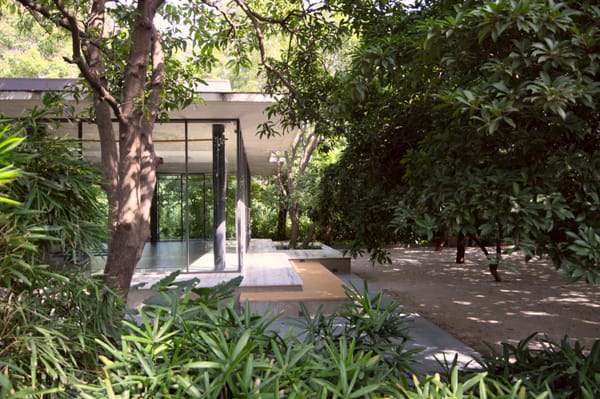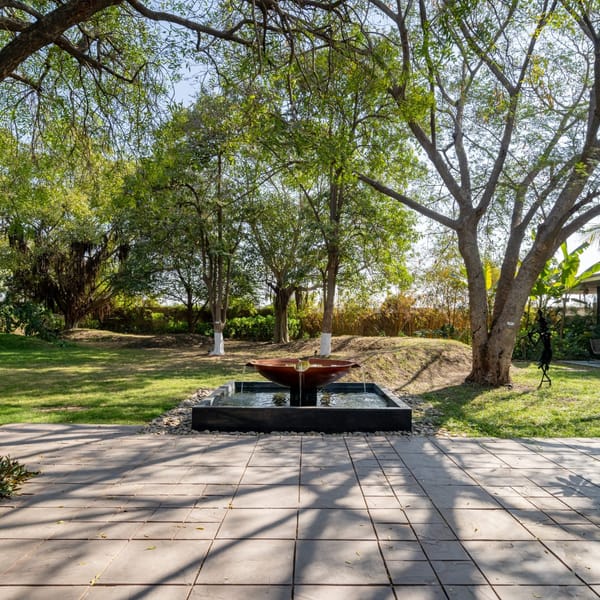Kabir Raga
It seems that the world we live in is increasingly being reconfigured and rearranged to create a sense of urgency and speed. Institutions like Raga Svara are hard to place on the spectrum of hospitality. Hospitality (as a luxury hotel) is indeed a part of our identity and function. However, we are much more than that. It is the combination of hospitality, cuisine, Ayurveda, Yoga, our design approach and one particular thing which is hard to define. That thing is "a particular approach or bent of mind" that one adopts during their stay at Raga. This approach must be one of intention, questioning and will for change.
I would like to turn to Kabir (perhaps the most famous of all saints of the Bhakti movement in India). Like Henri Bergson, Kabir (500 years before Bergson) emphasised on public discourse and philosophy in simple language, out of academia and into the city bazaar.
I have chosen two dohas in particular because they contain the word "Raga" used in two different contexts.
Raga Raam ko roop hai, aur Raam raga ke maanhi
Sambhaar ke suna karo, aur dikhne mein kachhu naahin.
Melody is the form of Raam
And Raam resides in melody
Listen with great attention
And there is nothing for the sight.
In this instance, raga means a melody. When Kabir mention Raam, he is referring to the essence of Raam, which is the sound (in this case). And sound is meditation. Raam, the word, is used as a mantra or chant to focus the mind, for Dharana (one-pointed focus).
Raga, in different contexts, also means to colour, to dye, to tint.
Jaagan hi mein sovna, sovan hi mein raga
Ek to ban mein ghar kare, doojo ghar mein rahe beraag
Sleep within walking
Attachment within sleep
One makes a home in the forest
Another stays at home and is detached.
In this couplet, the word "raga" means attachment. Raga is one of the kleshas (affliction or cause of suffering). This comes from Yoga philosophy (as mentioned in Patajali's Yoga Sutras). In characteristic Kabir style, he compares two extremes. These extremes are not to be looked as a duality, but rather this duality is the path to ultimate unity.
Coming back to the idea of a retreat, as Kabir says, one can find peace (through detachment) either in the forest or even in one's own home. So Raga Svara is an in-between space. It is neither a forest (a place for hermits) neither one's own home. Perhaps, one can be truly oneself, absolutely authentic, in an in-between space.
tadā draṣṭuḥ svarūpe-avasthānam
Then the seer abides in its own character.




